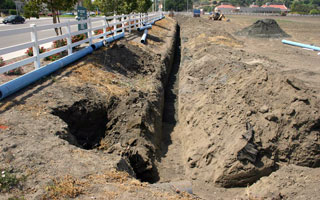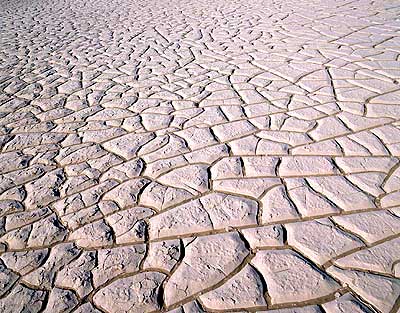It is estimated that there are presently some 30 million environmental refuges and a further 17 million other refugees and displaced persons from wars, persecution and other causes. The former have fled from resource scarcity, from deforestation and environmental degradation, climate change impacts, overpopulation, displacement by development projects, etc.
It has been suggested that the number of environmental refugees could rise to 150 million by 2050 as one of the results of climate change.
Read more





